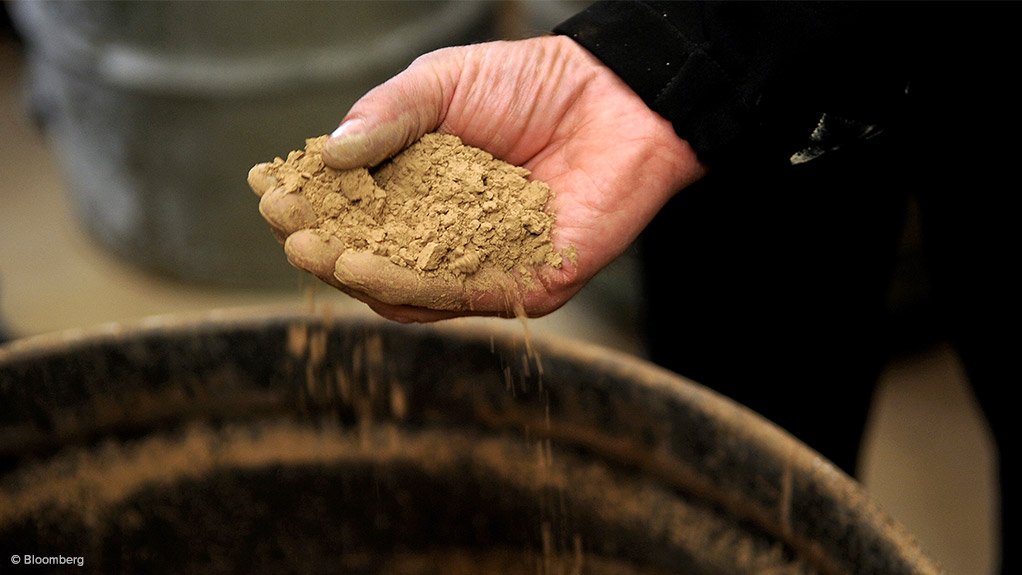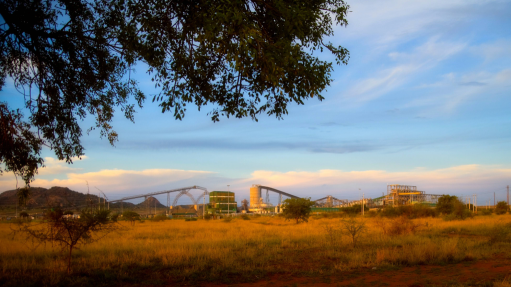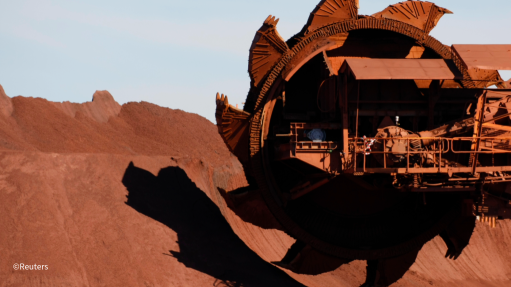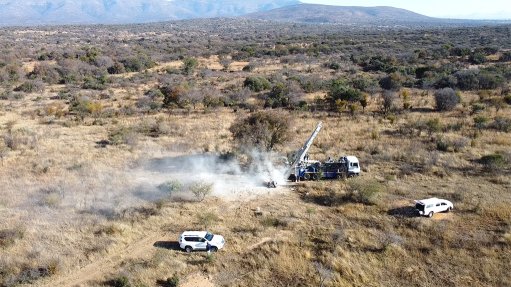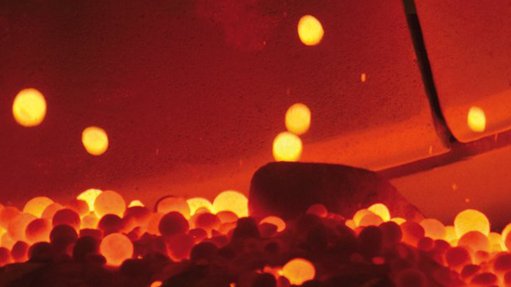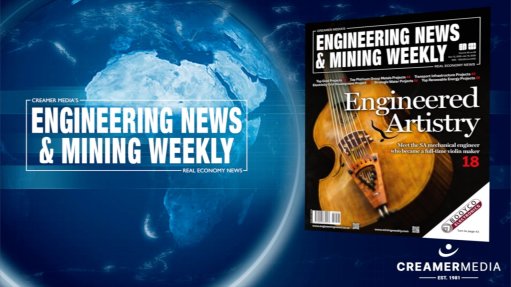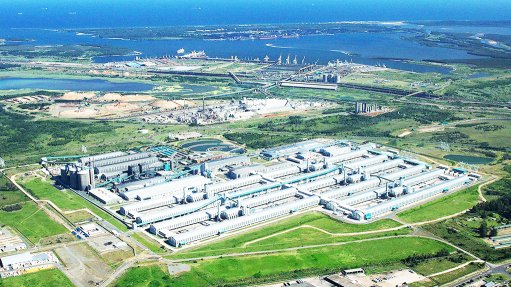Prefeasibility work progressing smoothly on Harena’s Madagascar rare earths project
The prefeasibility study (PFS) work on London-listed Harena Resources’ 75%-owned Ampasindava rare earths project, in Madagascar, is progressing at pace.
The company added on May 6 that initial work on the mining plan was well advanced and would underpin subsequent cost and logistics modelling ahead of the next phase of project development.
“The urgency of this work is reinforced by escalating geopolitical tensions and export controls around critical rare earth elements (REEs). This has sharpened international focus on securing independent supply specifically of strategically important critical magnet metals neodymium, praseodymium, dysprosium and terbium,” Harena said.
According to the company, the study work is the critical path item towards achieving its goal of developing an environmentally responsible and geopolitically neutral supply of magnet metals to feed the global defence, energy and technology sectors.
The company said it also formed the foundation for progressing a full mining licence application under the 2023 Madagascar Mining Code, which it described as a key milestone toward near-term development.
Harena confirmed that a mining study was under way following the integration of extensive historical geological and resource data.
The PFS, the company said, was on track for submission to the Mining Cadastre Office in the third quarter.
Harena said the project design philosophy had been completed, with a focus on near-surface high-grade zones, reagent efficiency and low-impact processing. The study incorporated all prior exploration, metallurgical, and mineral resource results compiled by SGS Canada and was being assessed against a working plan for an open cut, heap leach processing operation.
Harena also stated that on-site environmental and social screening work would begin with the appointment of a Malagasy consultant. The appointment of the environmental project lead was planned for later this month.
“We are moving decisively to advance the Ampasindava project forward as quickly as possible, especially given the current backdrop of geopolitical tensions with regard to trade tariffs and tightening export controls around heavy rare earth and neodymium-iron-boron magnet materials.
“Completing the initial PFS will bring us a step closer to supplying an independent, near-term source of magnet metals into international markets – with a strong focus on technical viability, cost-efficiency, and responsible development,” Harena MD Joe Belladonna said.
Harena said the project design philosophy was underpinned by the large, shallow, and highly accessible rare earth mineral deposit held in the upper regolith layer.
The first pillar of design is to mine high-grade and high ore thickness areas during the first ten years of extraction. Initial mining studies indicate that the clays can be mined with minimal grade dilution and that the resource shows large areas of higher grade are discretely placed throughout the mining areas.
Harena said these high-grade areas would be the focus of initial mining to create improved technical and financial leverage and reduce startup risk.
Ore will be extracted from four or five satellite pits operating within the high-grade zones. Mining will be up-dip with excess water draining into sumps for evaporation, which would reduce the moisture in the clay and improve material handling efficiencies.
Harena said that the second pillar of design was to optimise the use of reagents and residence time on the heaps to achieve the optimum recovery rate of rare earth minerals in the shortest and most cost-effective saline leach time. The company stated that this approach would result in installed production capacity being rightsized to extract the most favourable economic zones of the orebody and recover REE minerals.
The third pillar of process design will be achieved through further metallurgical testing at an on-site demonstration plant to be constructed following the transition of the mining licence. The company stated that higher value rare earth minerals would be prioritised over low value products.
On the environmental approach, Harena noted that Madagascar lay within a diverse ecological and environmental setting and that it had no plans or intention to proceed with a strategy that may compromise the environmental baseline.
The company explained that its current plan was a system of cyclical, zero-harm mining and concurrent rehabilitation, as commonly undertaken in the mineral sands industry. As such, clays would be returned to the mining cavity on an ongoing basis and stored topsoil will be replaced to facilitate immediate natural rehabilitation or repurposing for agriculture.
Leaching will be conducted with ammonium sulphate lixiviants onto impermeable heap foundations within a dedicated and ring-fenced heap leach farm. The company said it should not require any strong acids as part of the primary mineral recovery system.
Harena noted that project logistics on the Madagascar mainland were complex owing to an underdeveloped road transport system. To reduce capital and operating costs and improve efficiency, the company said it would prioritise seaborne and airborne logistics over land-based transport.
Harena reported that the plant and equipment to be installed were expected to consist of modular units and that the majority of the equipment would be transported in standard 20 ft or 40 ft containers.
The company noted that the island of Nosy B, which hosted an international airport, was located just 35 km from the mine site by sea. Harena said the logistics study was a key element of the project’s viability and that the proximity to the ocean was viewed as a significant benefit to the project.
Article Enquiry
Email Article
Save Article
Feedback
To advertise email advertising@creamermedia.co.za or click here
Press Office
Announcements
What's On
Subscribe to improve your user experience...
Option 1 (equivalent of R125 a month):
Receive a weekly copy of Creamer Media's Engineering News & Mining Weekly magazine
(print copy for those in South Africa and e-magazine for those outside of South Africa)
Receive daily email newsletters
Access to full search results
Access archive of magazine back copies
Access to Projects in Progress
Access to ONE Research Report of your choice in PDF format
Option 2 (equivalent of R375 a month):
All benefits from Option 1
PLUS
Access to Creamer Media's Research Channel Africa for ALL Research Reports, in PDF format, on various industrial and mining sectors
including Electricity; Water; Energy Transition; Hydrogen; Roads, Rail and Ports; Coal; Gold; Platinum; Battery Metals; etc.
Already a subscriber?
Forgotten your password?
Receive weekly copy of Creamer Media's Engineering News & Mining Weekly magazine (print copy for those in South Africa and e-magazine for those outside of South Africa)
➕
Recieve daily email newsletters
➕
Access to full search results
➕
Access archive of magazine back copies
➕
Access to Projects in Progress
➕
Access to ONE Research Report of your choice in PDF format
RESEARCH CHANNEL AFRICA
R4500 (equivalent of R375 a month)
SUBSCRIBEAll benefits from Option 1
➕
Access to Creamer Media's Research Channel Africa for ALL Research Reports on various industrial and mining sectors, in PDF format, including on:
Electricity
➕
Water
➕
Energy Transition
➕
Hydrogen
➕
Roads, Rail and Ports
➕
Coal
➕
Gold
➕
Platinum
➕
Battery Metals
➕
etc.
Receive all benefits from Option 1 or Option 2 delivered to numerous people at your company
➕
Multiple User names and Passwords for simultaneous log-ins
➕
Intranet integration access to all in your organisation



